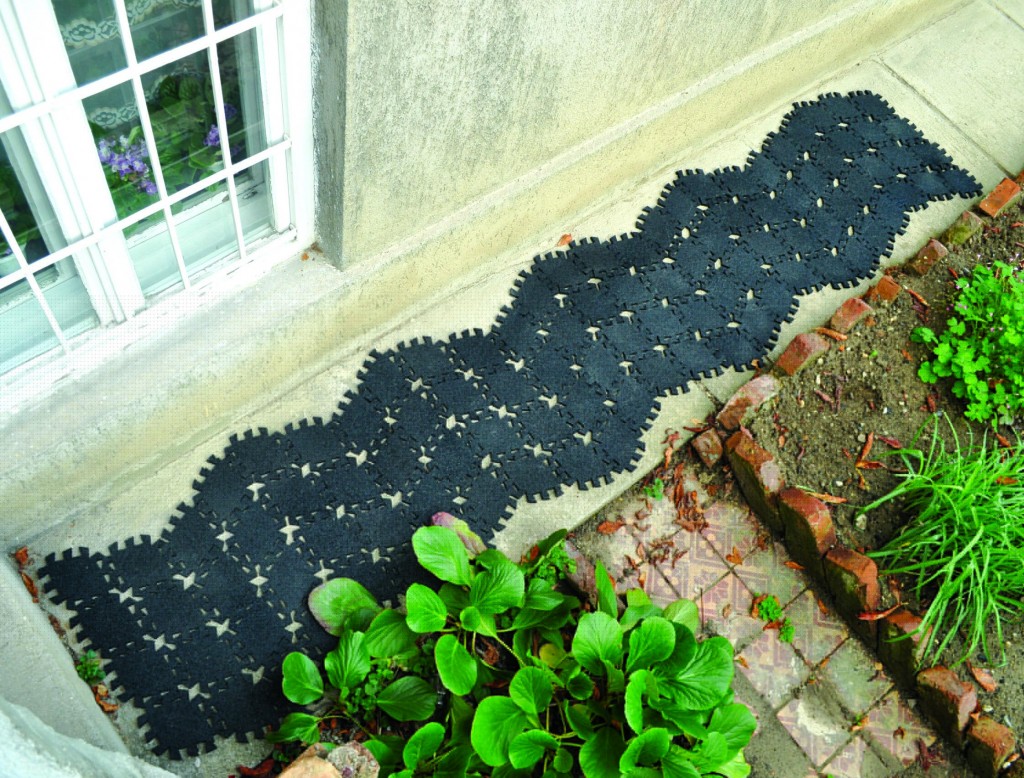Design
Sculpting everyday actions: Maja Mesić on the challenges and joys of design
Designer Maja Mesić made quite a buzz last year with the release of Boya, a drawing tool she designed to encourage creativity through functionality. Her other products, from segmented carpets to sleek tableware, demonstrate a similar interest in introducing new approaches to everyday objects.
Recently, Mesić discussed with us her creative process, design values, and the challenges facing young designers in Croatia.
Tell us a little about your creative background. What attracted you to design?
Ever since I was young, I have always been creating something. So, there was never really a time when I became interested in design or art, it was with me all the time. The only difference is that later I knew what to call that interest. After grade school, I continued my education at the School of Design the University of Zagreb. During my third year of college, we had to design a beachside chair. . . . I created my own design recipe, a collection of opinions and statements that clarify what good design is and how a well-designed object should function. I still use it as a guide today.
You are particularly known for your Boya crayons. How did this project start? What was your goal in designing Boya?
The idea for Boya was primarily created for one of the Croatian design contests, but it never reached the post office – now I am glad! However, the contest theme tickled my imagination and, instead of creating what was asked (technical pencil or ink pencil), I decided to create what was necessary: a drawing tool. The real process of realization started after Boya (then called Alatka) received a Red Dot Award in the concept category in 2008. As an inventor and creative entrepreneur, I enhanced my vision of Boya and decided to skip into the product category. After a long period of investing time, energy, knowledge, money, and technical preparations, now I finally have the finished product that I’m very proud of.
Boya crayons are produced in Zagreb, Croatia, and their substance is unlike any other pastel. The balance between the wax and soft pastel provides for both soft lines and transparent colour mixing, and it does not leave traces on hands while drawing, which makes it great for children. But Boya was created for all creative thinkers out there!
Which of your products did you particularly enjoy designing? Were any especially challenging?
Boya is definitely among the more interesting projects I have worked on – I think even the most interesting. Every design I make is an enjoyable one, otherwise I wouldn’t be doing it. I could say they are all very challenging. In Croatia you always have to dig for some leftover technology from past times (this is changing, slowly). It is very challenging, always searching for new ways, simple and cheap technologies and materials, trying to reuse technologies and materials primarly made for another purpose. That is what happened with the recycled carpets Abstract, Oriental and Coil. However, sometimes a lack of opportunity, technology, materials, or industry can make you very creative and force you to make possible opportunities and great creations.
As a designer, you consider both form and function. What is the relationship of these in your work? Is it difficult to reconcile form and function?
Form and function are just two parts of what you have to reconcile in design. The problems occur when you have to think about manufacturing process, possibilities and costs, packaging, distribution, promotion – the whole story. Making Boya taught me that sometimes having the idea and managing to create a good design is [the] easier part of the story. Bigger problems are sales, pricing, promotion, distribution and all the other unnecessary costs that will eventually make your product good. Design is a whole package of temptations and challenges that you have to solve cleverly to reach your aim successfully.
Do you find any other designers, in Croatia or abroad, particularly inspiring or influential to your work?
I appreciate and admire the work of Bouroullec brothers – the logic, simplicity and apperance of their design. But, I was always more inspired and fascinated by art. When it comes to sculpture, I am a big fan of Rodin, Calder, and Moore. The energy behind [their work] is what makes their sculpures so strong. I think my fascination with art, especially sculpture, can be easily seen in my creations, although designing a functional object is a lot different than making a sculpture. I always try to mingle with art when deciding upon a final form in design.
Designers today are sculptors of our everyday actions. As a designer I try to make these actions pleasant.
In your experience, what is the climate like for young designers in Croatia right now?
It is slowly getting better, but it will take time. War and political games with privatization left a big scar on the Croatian industry and economy. Some [companies] were ruined, some sold, and those still working do not know how or are afraid to make new moves. There are not many firms designers can work for, even though some recognize that they need a designer. The positive situation that is happening, not just in Croatia but also in other countries of the Balkan region, is [the rise of] designer-entrepreneurs.
What’s next? Are you working on any new projects?
One of the projects I am working on right now are carpets for the Croatian carpet industry Regeneracija Zabok. It will be a collection of three concepts focused on hotels.
Interview by Elaine Ritchel (@elaineritchel)
Images courtesy of the designer.










